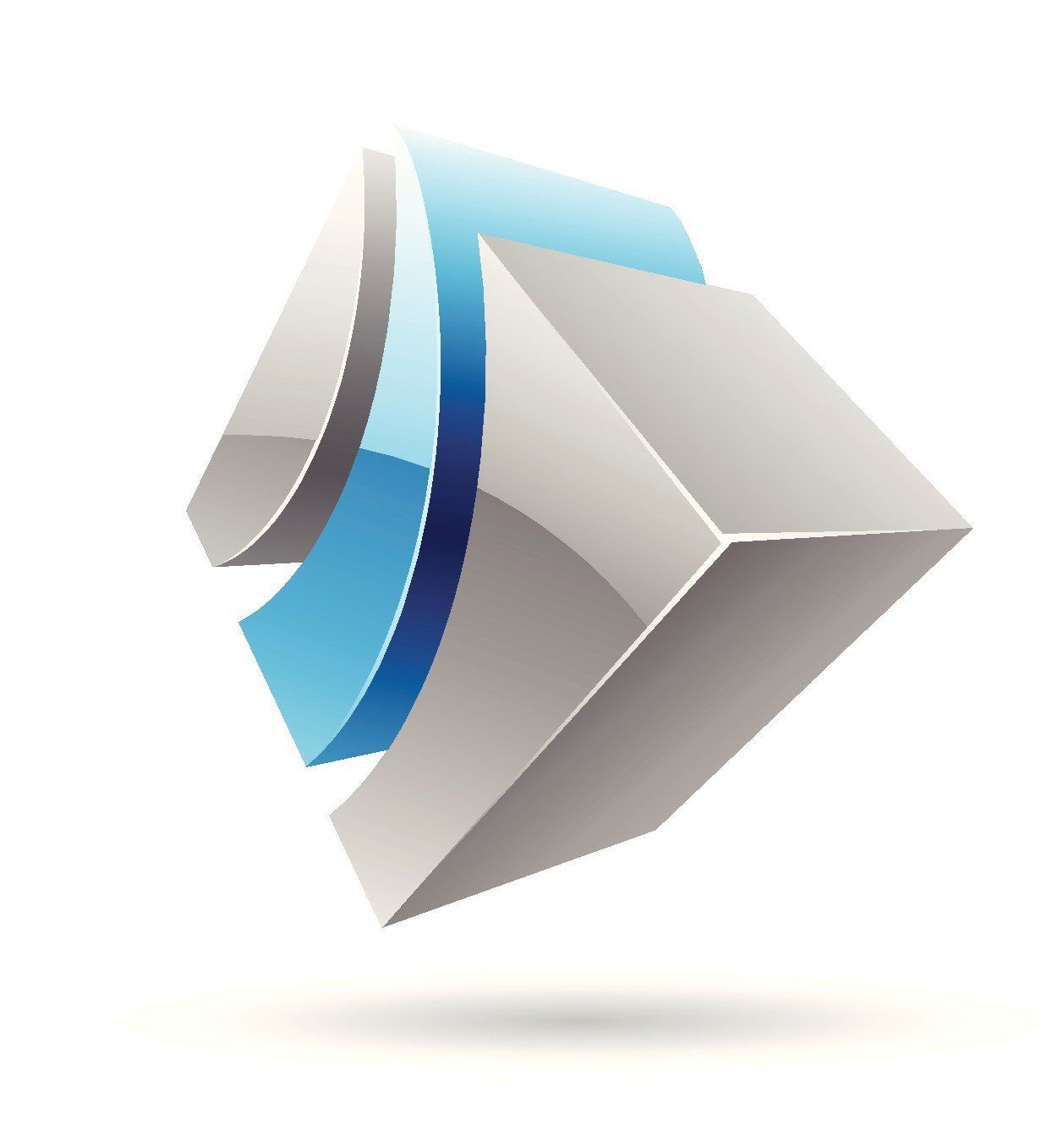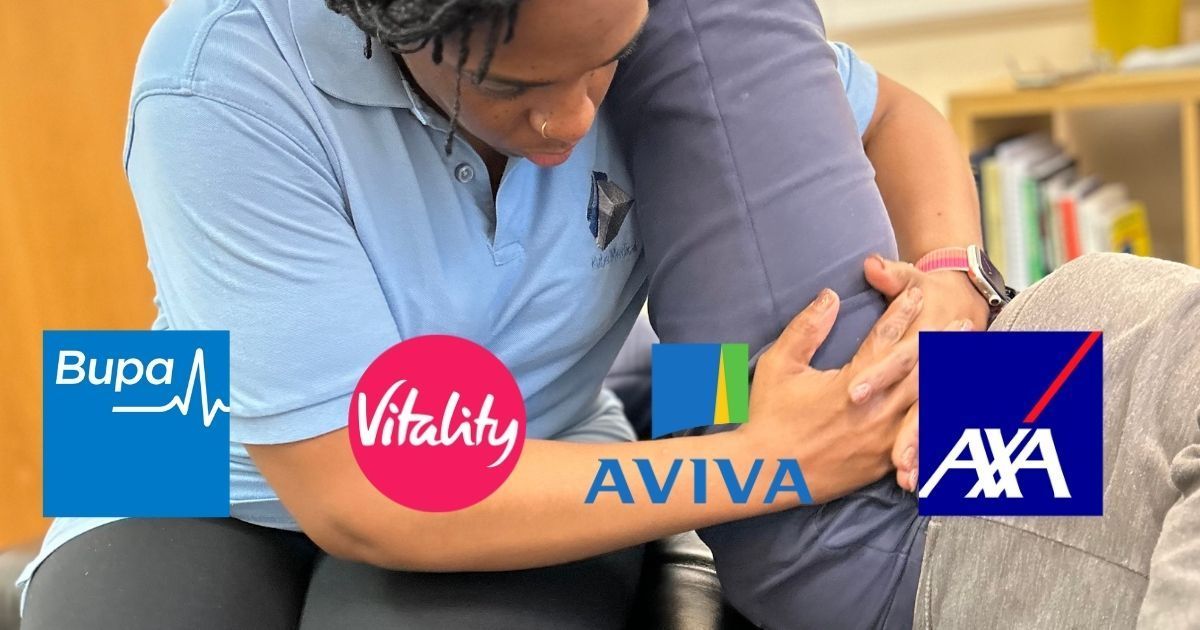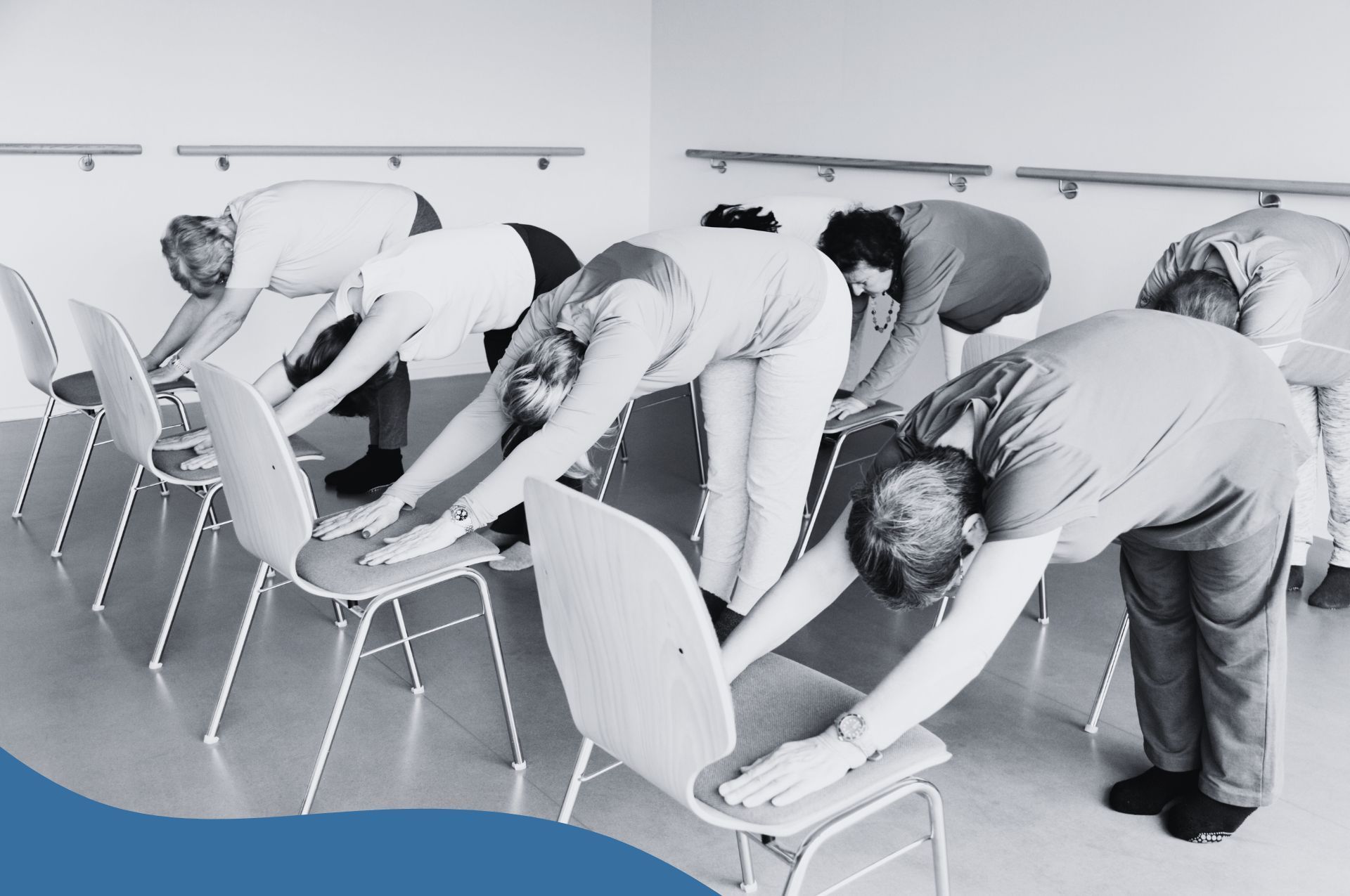How To Tell The Difference Between An Osteopath And A Physiotherapist
Kube Medical • 13 January 2021
It is not uncommon for people with certain medical conditions to find themselves in need of help, but find themselves unsure whether Osteopathy or Physiotherapy is the best fit for them. They may find themselves choosing where to book, or visit a clinic where both services are on offer, and wonder which one is best for them.
Both these forms of treatment do offer huge health benefits, but also differ somewhat. Here we will seek to clear up the confusion between the two. This should allow patients to have a better understanding of what each entails and make more informed choice on what is best suited to their needs.
Both these forms of treatment do offer huge health benefits, but also differ somewhat. Here we will seek to clear up the confusion between the two. This should allow patients to have a better understanding of what each entails and make more informed choice on what is best suited to their needs.
What Is Osteopathy?
Osteopathy
is primarily a manual form of therapy that is centred on restoring wellbeing to the structure and function of the body. It is aimed at the diagnosis and treatment of musculoskeletal disorders. The treatments are designed to aid in rehabilitation and reinforce prevention of the same conditions recurring.
Musculoskeletal disorders occur in the muscles, tendons, ligaments, and bones. A whole-body approach is used in tackling these conditions that are often acute and chronic. These conditions can include neck, back, joint, and muscle pain. Those that suffer from migraines, headaches, and other neurological pain can also benefit from Osteopathy treatment.
The goal of Osteopathy is to restore balance and correct damage to the structure that is preventing the body from healing itself. A core tenet of Osteopathy is that the body has an innate ability to self-regulate and heal itself.
The treatments involve physical manipulations that work across the body to restore normal body functions. Osteopaths take a hands-on approach in applying a mix of gentle and forceful techniques. These can include:
- Massage – To release and relax muscles
- Articulation – Taking joints through their natural range of motion
- Stretching – To open up stiff joints
- High Velocity Thrusts - Short and sharp movements applied to joints
- Acupuncture – For pain relief and stimulate nerves
- Muscle Energy Technique – To relax and lengthen muscles
The choice of treatment will depend on the diagnosis and management needs of a particular patient. Treatment plans are tailored to the individual.
Patients are also advised on what lifestyle habits and exercises they will need to adopt to better manage their condition.
The key benefits of Osteopathy are:
- Pain relief
- Improved joint mobility
- Relief of muscle tension
- Enhanced blood and nerve supply to tissues
In order to practice Osteopathy in the UK, practitioners must be registered with the General Osteopathic Council (GOsC).
What Is Physiotherapy?
The goal of Physiotherapy is to help anyone, of any age, affected by an illness, injury, or disability to restore their normal movement and range of function. It mostly makes use of manual therapies, exercise, and education to accomplish this.
Physiotherapy considers more than just the physical aspect of recovery. This approach seeks to ensure the participation of the patient in treatments and educating and empowering them on how to better ensure their health and wellbeing. The goal is to see the patient recovered and able to remain independent for as maximum possible a time.
It can be used in the treatment of different body systems including cardiovascular, respiratory, and neuromusculoskeletal. Some of the treatment approaches applied by Physiotherapists include:
- Manual Therapy – Hands-on treatments involving manipulation, massage, and mobilisation to help reduce pain and stiffness, and restore normal range of movement.
- Education and Advice – From how to improve posture to dietary tips to lose weight, Physiotherapists offer guidance on everyday activities that may have an impact on the injury.
- Movement and Exercise – Physiotherapists advise on movements and exercises that can help to improve mobility and function, relieve pain, and keep patients active.
- Transcutaneous Electrical Nerve Stimulation (Tens) – Mild electric currents are used to deliver electrical impulses to specific parts of the body in need of pain relief.
- Ultrasound – Use of high-frequency sound waves to relieve deep tissue injuries. The waves promote blood circulation and encourage pain relief and healing.
The key benefits of these treatments include:
- Pain relief
- Enhanced blood circulation
- Improved mobility and function
- Better relaxation
In the UK, Physiotherapists must be registered with the Health and Care Professions Council (HCPC).
Differences Between Osteopathy and Physiotherapy
While Osteopathy and Physiotherapy do share some similarities, they also have a few differences.
Osteopathy recognizes that the body is a unit with different body systems being connected and playing a role in self-healing. Treatments are approached in a more holistic manner than Physiotherapy that is focused on identifying the problem body part and applying treatments to that specific area.
Osteopaths mainly handle patients with problems related to musculoskeletal health. Much of their training is devoted to the manual therapies focused on spinal and joint manipulation. Physiotherapists will however often handle a more varied caseload. While they will also treat spinal and joint cases, they also tend to see more of soft tissue and peripheral joint injuries than Osteopaths.
Osteopaths will predominantly use manual therapy in their treatments. This may relate to the fact that they primarily see patients with spine-related conditions. While Physiotherapists do also offer some level of manual therapy, they are mainly trained in rehabilitative exercise-based treatments. They are less hands-on and will often incorporate alternative treatments like electrotherapies.
No matter your choice of professional to see, it is a good idea to opt for someone with good experience in treating your type of condition. Take time to research the clinic and Osteopath/Physiotherapist before making a decision.
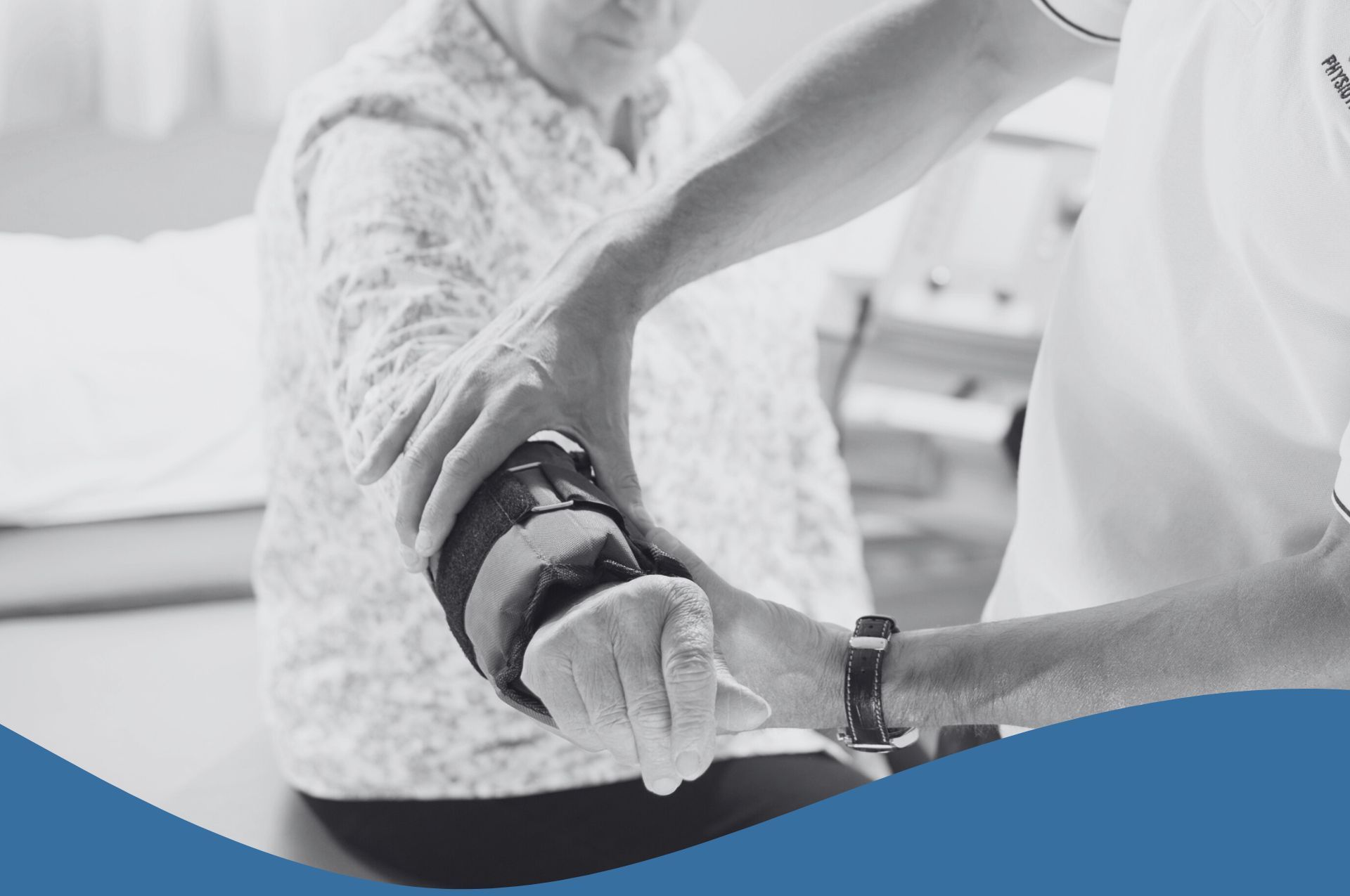
At Kube medical, we believe high-quality physiotherapy should be accessible, comfortable, and convenient. That’s why we provide professional home-visit physiotherapy services, helping you recover in the comfort of your own home and at a time that fits your lifestyle. Whether you're recovering after surgery or trying to fit treatment around a busy schedule, our personalised approach ensures you feel supported, motivated and confident every step of the way.

As the days get shorter and the air turns crisp, many of us start dreaming about fresh powder, mountain air, and that first exhilarating run of the ski season. But before you dust off your boots, it’s worth thinking about one crucial thing: your body’s readiness. Whether you’re a seasoned skier eager to hit the slopes from day one, or an occasional skier looking to make the most of a long-awaited trip, a little “pre-hab” — preparing your body in advance — can make all the difference between an enjoyable week on the mountain and one cut short by fatigue or injury.
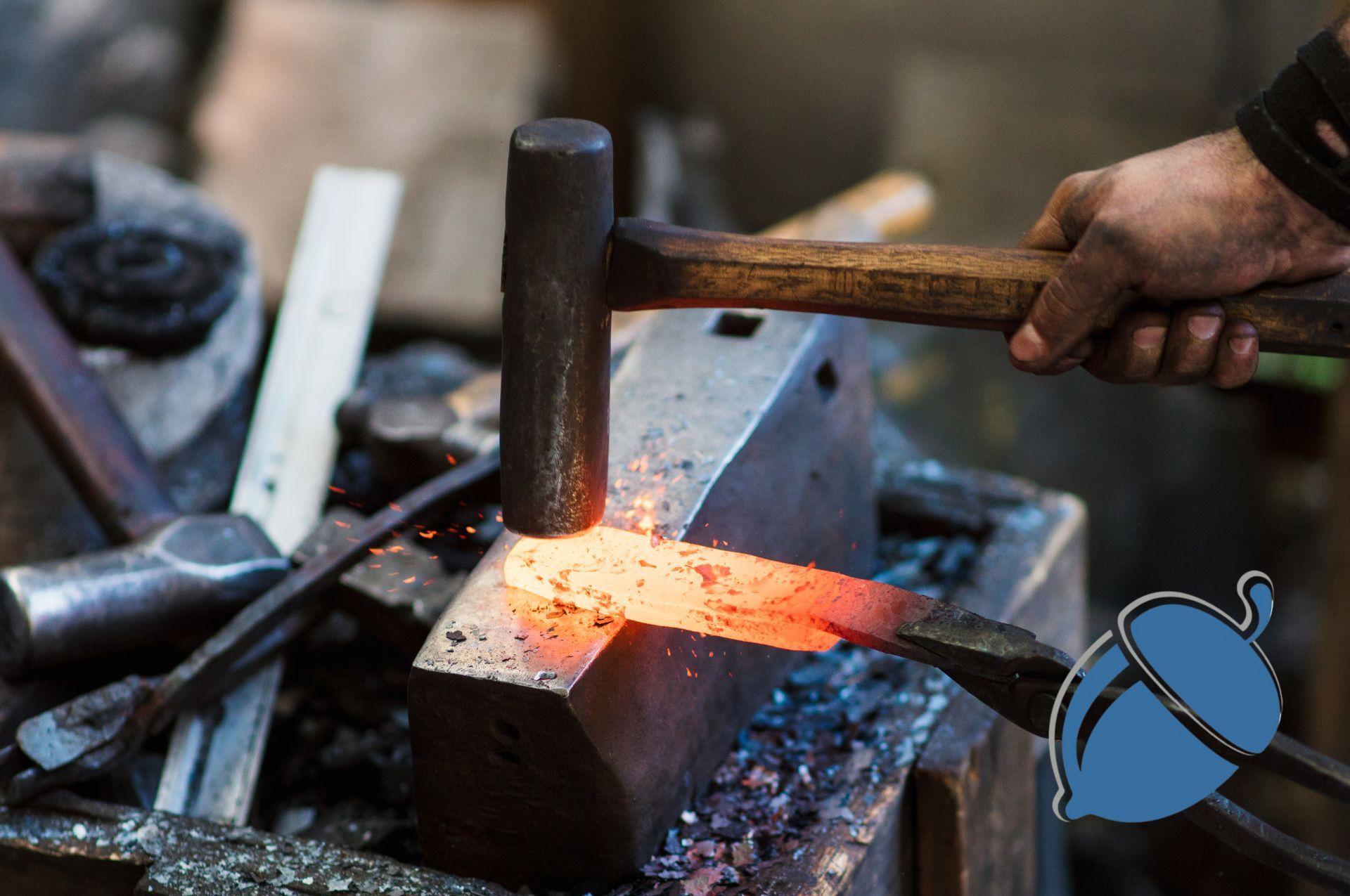
There’s no easy way to put it — the sudden closure of Private Midwives has left a real void, both professionally and personally, for many highly experienced tongue tie practitioners. It’s disrupted livelihoods, interrupted the continuity of care for families, and forced many to face a wave of uncertainty.
